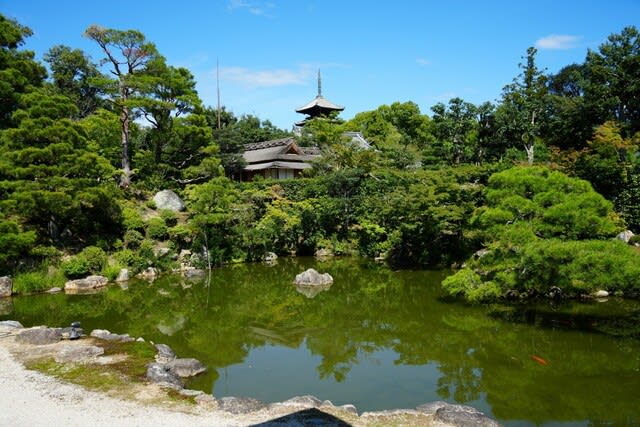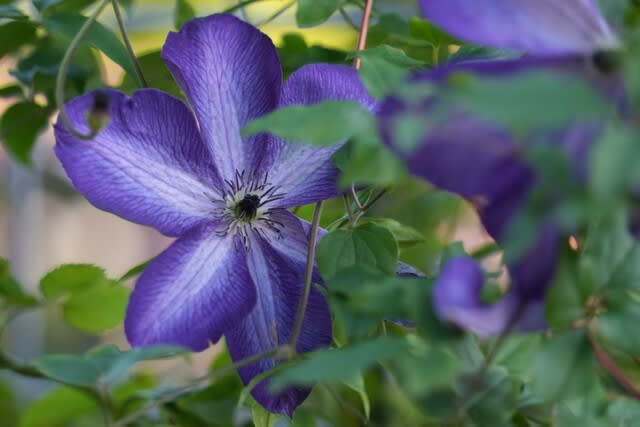The following is from Mr. SekiHei's serial column on the front page of the monthly magazine Hanada, which was released on the 26th.
It is a must-read not only for Japanese citizens but also for people around the world.
An "Incredible Japan" Different from China and Korea (Culture Part 2)
Continuing from the previous article in this series, I will examine the differences between Japan and China in terms of culture and the characteristics of Japanese culture as the cultural part of the theme "Japan as seen from the perspective of differences with China and Korea.
This time, I will focus on "beauty" in culture.
The pursuit of beauty and the expression of beauty are significant themes in the cultures of all peoples.
However, as a native of China, I believe that the pursuit and expression of beauty occupy a crucial position in Japanese culture and that no other people possess such a delicate sense of beauty and love of beauty as the Japanese people.
Robert Fortune, a British botanist who came to Japan at the end of the Edo period, in his famous book, "Exploring Japan at the End of the Edo Period: Edo and Peking," reports on the "love of flowers" witnessed among ordinary Japanese people in Edo as follows.
"When I passed by tiny houses, farmhouses, and huts in the suburbs of Edo, I saw small gardens in front of the places with a few plants and flowers of the Japanese taste. One of the most striking characteristics of the Japanese people is their natural love of flowers, even among the lower classes. They take great pleasure in growing a few of their favorite plants as a diversion."
Based on these observations, Fortune famously commented on the Japanese national character.
If the love of flowers proves the high level of human culture, the Japanese seem far superior to our country's people.
It is a solid surprise for those of us living in modern times that Fortune, who came from the civilized nation of England, praised the "flower-loving" Japanese of the Edo period so highly. But, as Fortune pointed out, the "love of flowers" (i.e., the love of beauty in one aspect) is a characteristic of the Japanese national character and an indication of the high cultural level of Japanese.
I came to Japan in the last year of the Showa Era, far behind Fortune, and was deeply moved to discover for the first time in my life that beauty is ubiquitous in this foreign land and that beautiful things are well-loved by the people.
It was also the case when I was invited by a new friend to enjoy cherry blossom viewing for the first time in my life after my first visit to Japan and when my friend took me for a walk in Saga Arashiyama in Kyoto on a rainy day in May, a month after I arrived in Japan.
A few years later, on my second visit to Arashiyama, I saw the famous Sogen pond garden in the precincts of Tenryuji Temple. For the first time in my life, I was deeply moved by the experience of "extreme beauty."
And as I lived in Japan for a long time, I came to know that Tenryu-ji was not the only temple with a beautiful garden.
In Kyoto, there is the Honbo Garden at Tofukuji Temple, the Hojo Garden at Nanzenji Temple, the stone garden at Ryoanji Temple, where 15 stones are the main feature, the Saiho-ji Garden covered with moss, and many more.
In Nara, where I now live, the "Three Yamato Gardens," consisting of Chikurin-in Gunpo-en Garden in Yoshino, Jiko-in Garden in Yamatokoriyama, and Taima-ji Temple Nakanobo Garden in Katsuragi, are so attractive that they can be compared with the famous gardens in Kyoto.
In Osaka, the Honbo Garden at Shitennoji Temple is also magnificent.
If you go to Shiga Prefecture, you will find numerous temple gardens such as the Ryutanji Garden, Gesshinji Garden, and Saikyoji Garden.
In addition, countless other temples throughout Japan, not limited to Kyoto and Nara, are famous for their cherry blossoms or autumn foliage.
Of course, there are some old temples in China and Korea, but I am not aware of any temples in China or Korea that are known as "temples of flowers," "temples of autumn leaves," or "temples of gardens," as is the case in Japan.
Only the Japanese cherish temples and other religious facilities as places of faith but transform them into "beautiful places."
The Japanese people must have a special love for beauty.
This article continues.













